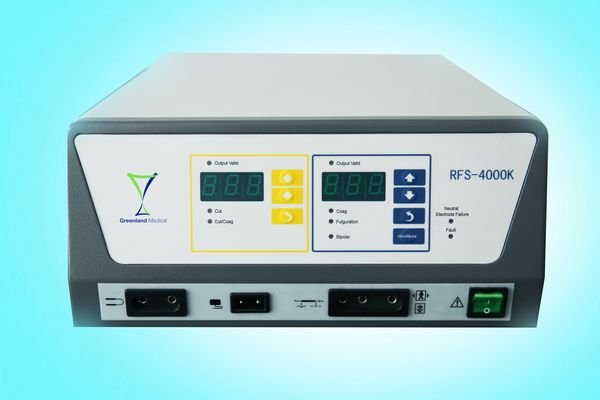
Radiofrequency ablation (radiosurgery, high frequency electrosurgery) is a dermatosurgical procedure that aims at the surgical management of benign and malignant skin conditions by using various forms of alternating current at ultra high frequency (500-4000 kHz). It is also popularly known as "poor man's laser" or "cold cautery". The most common form of radiofrequency ablation used in dermatology involves the application of high-voltage electromagnetic energy in the form of a damped sine wave. This form of current may be applied by electrofulguration, electrodessication or electrocoagulation.
Radiofrequency ablation (RFA) has gained importance in the recent years as it is highly effective in the cutting of the skin lesions with adequate hemostasis at the same time because of good coagulation. Radiofrequency can be used for incisional techniques that produce full-thickness excision of nevi, shave techniques that produce partial-thickness removal of superficial lesions and removing vascular lesions such as hemangiomas or pyogenic granulomas.